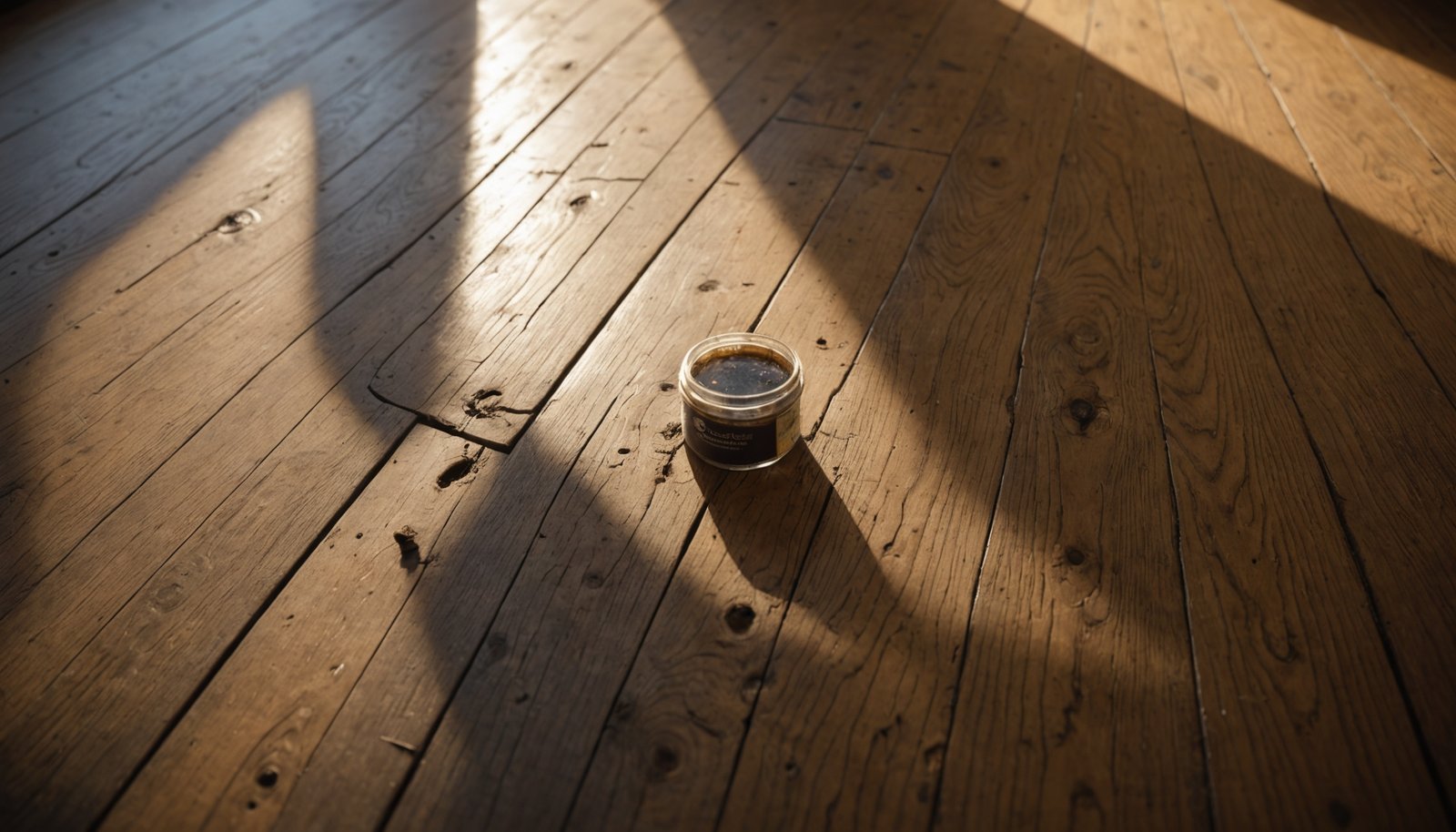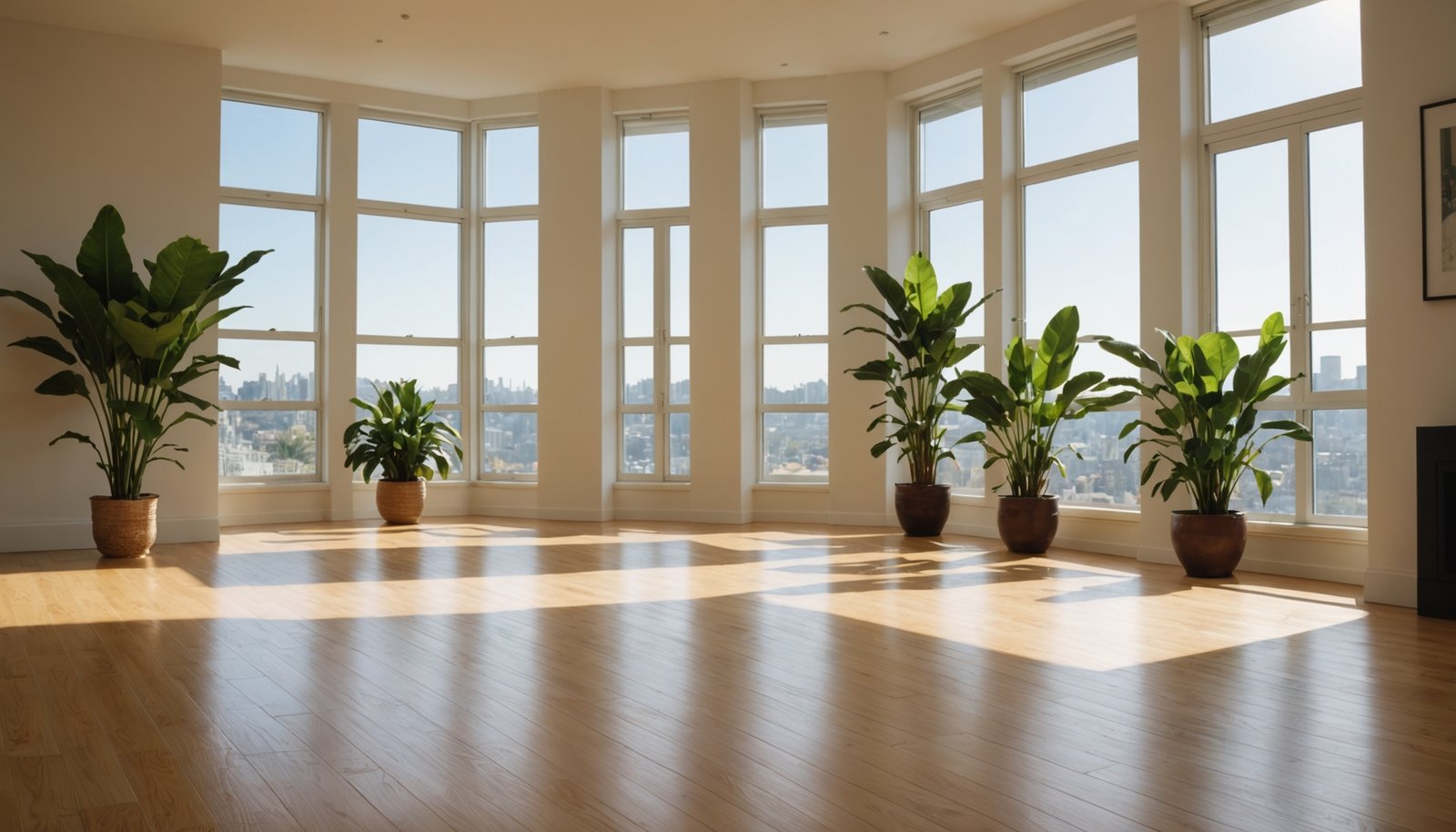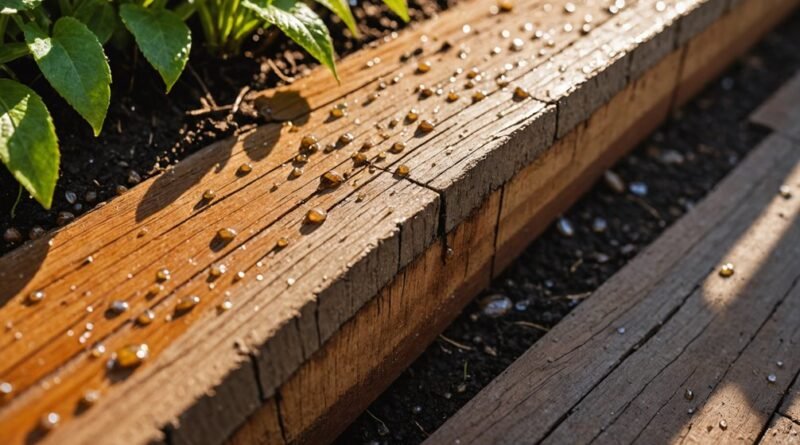Moisture Control and Termites: Why a Dry Home Is Your Best Defense
Your home’s moisture levels are a major factor in termite infestations, with these pests thriving in damp environments. You’ll find termites most active after rainfall, especially in areas with poor drainage, leaky pipes, or inadequate ventilation. To protect your home, you’ll need to maintain proper moisture control through regular inspections, smart ventilation, and prompt repairs. Understanding the connection between moisture and termites can help you develop a thorough defense strategy.
Key Takeaways
- Termites thrive in humid environments, making proper moisture control essential to prevent infestations and protect wooden structures.
- Regular inspection of gutters, plumbing, and ventilation systems prevents water accumulation that attracts termites to your home.
- Maintaining indoor humidity levels between 30-50% through proper ventilation significantly reduces the risk of termite infestations.
- Moisture-damaged wood is more susceptible to termite attacks, making prompt repair of leaks and water damage critical.
- Strategic landscaping and foundation drainage solutions prevent moisture buildup near home structures, creating an inhospitable environment for termites.
The Critical Link Between Moisture and Termite Infestation

When you consider the relationship between moisture and termites, you’ll find an undeniable connection that drives infestation patterns. These destructive pests require humid environments to thrive, making your home’s moisture levels a critical factor in their survival and colony growth.
You’ll notice termite activity increases markedly during spring when rainfall creates favorable conditions for swarms. They’re particularly drawn to areas where moisture accumulates, such as poorly ventilated crawl spaces, clogged gutters, and plumbing leaks. These conditions help termites maintain their soft-bodied structure while they feed and build colonies.
If you have wood-to-soil contact or overwatered gardens near your foundation, you’re fundamentally creating an invitation for termites.
Understanding this connection is essential because moisture-rich environments not only attract termites but also accelerate their colony expansion and increase the rate at which they damage wooden structures.
Smart Home Maintenance for Moisture Management

You’ll need to inspect your gutters during each season to prevent water from pooling around your home’s foundation and creating conditions that attract termites.
When managing moisture, don’t forget to check your ventilation systems in high-moisture areas like bathrooms, kitchens, and crawl spaces.
Installing smart leak detection systems with outdoor monitoring can alert you to potential water issues before they create the damp conditions termites love. Advanced systems like Flo can provide daily MicroLeak tests to identify small, hidden leaks that could contribute to moisture problems.
Check Gutters Seasonally
Regular gutter maintenance serves as a critical defense against moisture damage and pest invasion in your home. You’ll need to clean your gutters at least twice a year, typically in spring and fall, though homes with heavy tree coverage require quarterly maintenance. Protecting your home investment requires proper safety equipment when performing maintenance tasks.
| Season | Primary Focus | Key Benefits |
|---|---|---|
| Spring | Post-winter cleanup | Prevents water damage |
| Summer | Storm debris removal | Reduces pest attraction |
| Fall | Leaf management | Avoids winter ice dams |
Don’t skip this essential task – clogged gutters lead to foundation moisture, creating perfect conditions for termites. While gutter guards can extend maintenance intervals to 18-24 months, you’ll still need regular inspections. Schedule cleanings during seasonal changes and combine them with other exterior maintenance tasks for maximum efficiency. Keep maintenance records to track patterns and address recurring issues promptly.
Ventilate High-Moisture Areas
Smart ventilation technology has revolutionized moisture control in high-moisture areas of homes.
You’ll find that modern systems use sensors to monitor humidity levels and automatically adjust airflow to maintain ideal conditions between 30% and 50% humidity.
These smart systems integrate with your home automation, allowing you to control ventilation through your smartphone. Installing a whole house ventilation system provides consistent air quality throughout your living spaces.
To protect your home from termites, you’ll want to focus on areas like bathrooms, kitchens, and crawlspaces where moisture tends to accumulate.
Install demand-controlled ventilation systems that respond to occupancy and humidity levels, reducing both energy costs and moisture-related risks.
For crawlspaces, consider the EZ Breathe system, which provides thorough moisture control and requires minimal maintenance.
Construction Materials That Keep Termites at Bay

When building or renovating a structure, choosing the right materials can make a significant difference in preventing termite infestations.
You’ll find various options that naturally resist these destructive pests while maintaining structural integrity and aesthetic appeal.
- Natural woods like cedar, redwood, and teak contain oils and tannins that repel termites, making them excellent choices for siding, decking, and outdoor furniture. Regular professional inspections help detect any potential termite activity early, ensuring these resistant materials maintain their protective properties.
- Pressure-treated lumber and borate-treated wood offer enhanced protection through chemical infusion, ideal for ground-contact applications.
- Composite materials and fiber cement products combine durability with termite resistance, perfect for exterior applications like siding and trim.
- Non-wood materials including concrete, steel framing, and masonry provide complete termite protection while serving as effective structural components in your building’s design.
Understanding Seasonal Moisture Patterns and Risk
You’ll notice termite activity increases during fall’s damp conditions and spring’s heavy rains, making these seasons critical for monitoring your property’s moisture levels.
Your spring inspection should focus on identifying water-damaged areas and potential entry points where rainfall might create favorable conditions for termite colonies.
During summer, you can reduce termite risks by maintaining proper drainage, fixing leaks promptly, and controlling irrigation to prevent excess moisture around your home’s foundation.
Fall Dampness Attracts Termites
As temperatures begin to drop, fall’s increased rainfall and humidity create perfect conditions for termite activity around homes. The combination of seasonal moisture and decaying leaves near your foundation provides these destructive pests with exactly what they need to thrive and expand their colonies.
- Fall rain saturates the soil, making it easier for subterranean termites to tunnel and build mud tubes that lead straight to your home.
- Wet, softened wood becomes an irresistible target since termites can tunnel through it more easily.
- Increased moisture supports fungal growth, which helps termites digest wood more efficiently.
- Damp conditions trigger termite swarms, particularly for drywood species, leading to new infestations as reproductive termites seek nesting sites.
Spring Rain Impact Assessment
Spring rains bring more than just blooming flowers and green lawns – they create perfect conditions for termite infestations to flourish. As temperatures rise to the mid-70s after winter’s last freeze, you’ll notice increased termite activity, especially after light rainfall. These moisture-rich conditions soften wood and soil, making it easier for termites to tunnel and feed.
| Spring Rain Effect | Termite Response |
|---|---|
| Soil Saturation | Increased Tunneling |
| Wood Softening | Enhanced Feeding |
| Higher Humidity | Colony Expansion |
| Light Rainfall | Trigger Swarming |
| Ground Moisture | Mud Tube Building |
You’ll need to be particularly vigilant during this season, as termites capitalize on spring moisture to expand their colonies and establish new ones. Watch for discarded wings, mud tubes, and wood damage, especially in areas where water accumulates near your home’s foundation.
Summer Moisture Control Tips
Understanding summer moisture patterns is essential for effective termite prevention, as these persistent pests thrive in the season’s heat and humidity.
Summer’s combination of rainfall, high temperatures, and humidity creates perfect conditions for termite activity, with colonies potentially doubling or tripling in size during this period.
- Monitor your home closely after summer rainstorms, as 83% of termite swarms occur within two days of rainfall.
- Keep wood moisture content below 20% through proper ventilation and prompt repair of any plumbing leaks.
- Pay special attention to basements and crawl spaces, where heat-driven evaporation can create damaging condensation.
- Watch for termite activity during their peak feeding times in late morning and late afternoon, when conditions are most favorable for colony expansion.
Chemical Treatments and Their Relationship With Moisture
While many homeowners worry that moisture might reduce the effectiveness of termite treatments, chemical controls actually work well in damp conditions.
Professional termiticides are specifically formulated with water as a carrier, and their efficacy isn’t compromised by moisture in soil or wood.
You’ll find that pest control professionals apply these treatments through various methods, including surface applications, soil injections, and direct wood treatments – regardless of moisture levels.
They’ll target both active infestations and create preventive barriers against future invasions.
While it’s smart to control moisture to discourage termite activity, you don’t need to wait for completely dry conditions before treating your home.
The key is implementing both chemical treatments and moisture management strategies to provide thorough, long-term termite protection.
Creating a Termite-Resistant Landscape Design
Creating a termite-resistant landscape begins with smart design choices that minimize moisture and reduce attractive food sources.
You’ll want to maintain a 3-foot gap between plants and your foundation while incorporating natural deterrents like marigolds, lemongrass, and vetiver grass into your design.
- Replace wood mulch with gravel or rubber alternatives to reduce moisture retention and eliminate a potential food source.
- Elevate your foundation at least 3 feet above ground level to improve ventilation and prevent water accumulation.
- Install proper drainage systems and maintain them regularly to keep soil dry around your home.
- Choose termite-resistant materials like teak, redwood, or synthetic options for any landscape features, avoiding wooden elements that could attract termites.
Conclusion
You’ll find that managing moisture is your home’s first line of defense against termites. By maintaining proper drainage, using moisture-resistant materials, and creating a dry barrier around your foundation, you’re making your property less attractive to these destructive pests. Remember, it’s easier to prevent termite problems through moisture control than to deal with an infestation later.

